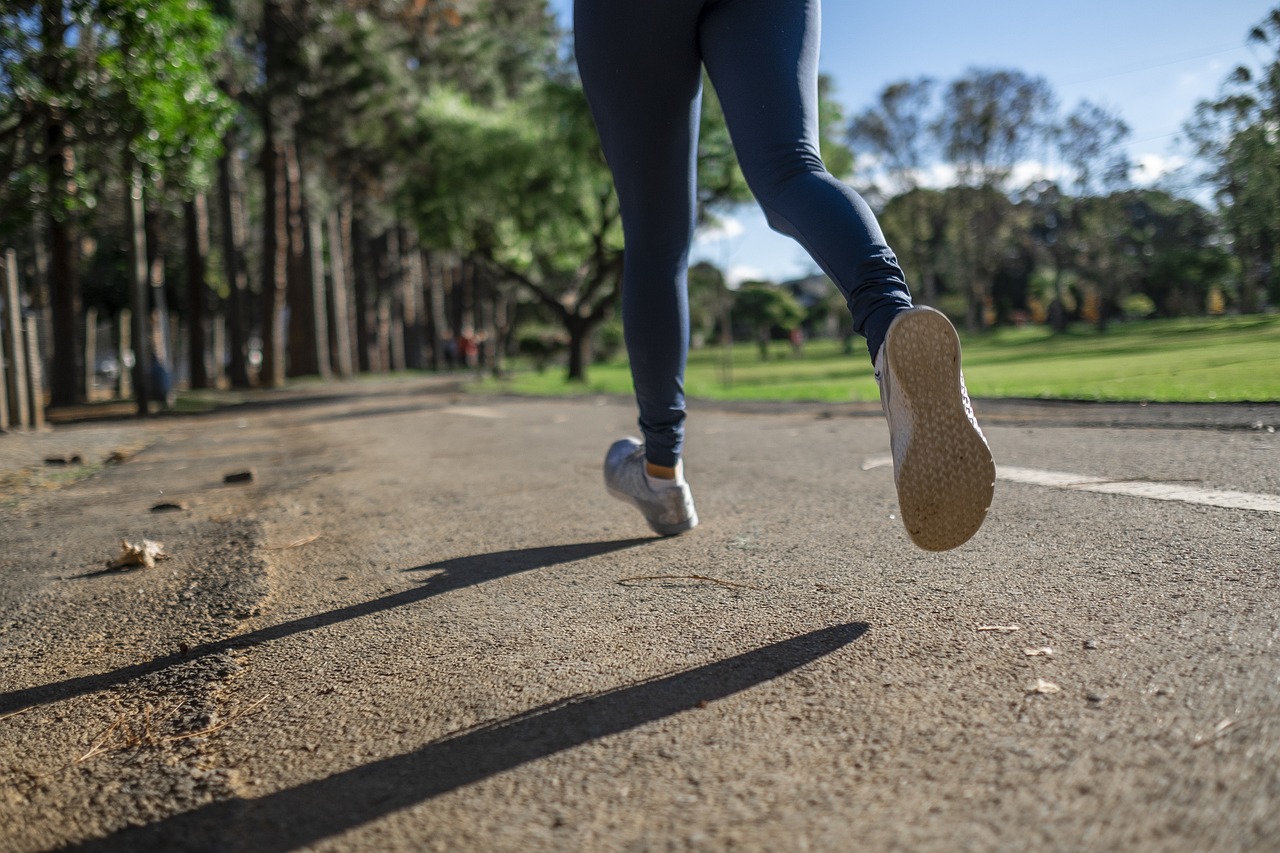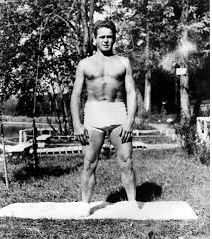Return to Running After Childbirth
There is much pressure in the media for women to get their figures back and return to previous sports after giving birth. It is important however, that women take the time to let their bodies heal and prepare properly before resuming or indeed starting new sports such as running.
After having a baby, the pelvic floor is weak and stretched in most women. A new mum may need help and guidance to be able to perform correct pelvic floor contractions, especially if they didn’t practice these before birth (Bo et al, 2017). This is true even if they have had a Caesarean.
It can take up to 6 months for the pelvic floor to recover after giving birth. If a woman has had a Caesarean, the abdominal fascia which is made up of fibrous connective tissue which attaches into the abdominal muscles. It only returns to up to 93% of its strength at 6-7 months postnatally (Ceydeli et al, 2005). It is therefore recommended that only low impact exercise is performed in the first three months after giving birth. A gradual return to running after childbirth can then begin after 3 – 6 months.
Female athletes who enjoy high impact activity are 5 times more likely to suffer from pelvic floor dysfunction, compared to those who do low impact exercise. This is because running and other, high impact activities, cause impact forces of up to 2.5 times bodyweight at moderate running speeds. Some of these forces will be transmitted to the pelvic floor. So it is very important to have enough strength and speed of contraction in the pelvic floor muscles to support the pelvic organs and ensure continence during sports (Leitner et al, 2016).
Symptoms which may indicate pelvic floor or abdominal wall dysfunction
- Leaking urine or inability to control bowel movements
- Heaviness / pressure / bulge / dragging in the pelvic area (could indicate
- prolapse)
- Pain with intercourse
- Overhanging abdomen, a noticeable gap along the midline of the abdominal wall,
- and / or decreased abdominal strength
- Lower back or pelvic pain
Risk factors for issues in return to running
- Less than 3 months postnatal
- Pre-existing hypermobility conditions such as Ehlers-Danlos
- Breastfeeding
- Pre-existing pelvic floor dysfunction or lumbopelvic pain
- Obesity
- Caesarean and perineal scarring
Physiotherapists are ideally placed to assess pelvic floor and abdominal wall function. In order to assess readiness to start running we test the stability of the pelvis and leg muscle strength.
Having passed the physical screening tests at 12 weeks, we will devise a graded return to running programme. This will be bespoke to the individual to ensure that return to running is safe and successful. If they have a suitable buggy, some women enjoy running with their baby. We recommend waiting until the baby is 6-9 months old so they have enough head and trunk control.
At Omnia, our physiotherapists have an interest in Women’s Health Physiotherapy. They have undertaken postgraduate courses on the subject and are able to assess pelvic floor function externally and internally as well as for a tummy gap. They are also trained in Pilates and can teach exercises during pregnancy and after birth.
By Nicki Bradshaw Senior Physiotherapist







